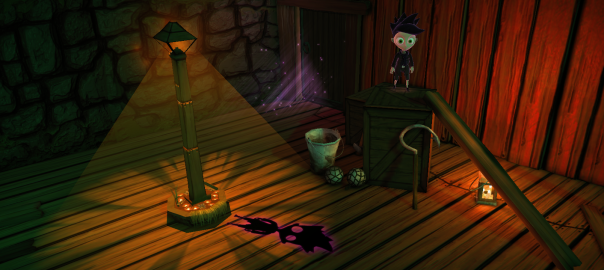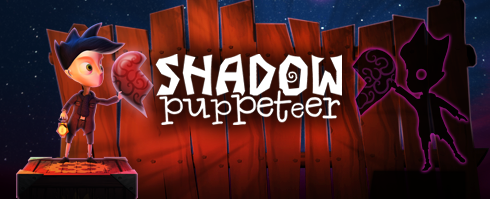Happy Valentine’s!
To celebrate we have talked with game developers about what games they play together,
and how they show their affection.
Thank you so much, for very heart-warming and cute answers.



To celebrate we have talked with game developers about what games they play together,
and how they show their affection.
Thank you so much, for very heart-warming and cute answers.


The organizers of the annual Nordic Game Conference announced their speakers for NG16 yesterday. Among the speakers are several of our good friends, like Jo-Remi Madsen and Ste Curran, but also our very own Marianne Lerdahl. She will be giving a talk based on our blog posts about “Avoiding the Tagalong trap”, – about how we worked when developing Shadow Puppeteer to ensure a strong co-op experience.
 The Nordic Game Conference is one of our favourite annual events, and we look forward to coming back. If you wish to reach out to Marianne while she’s attending the conference please send her a Tweet (@Vaffeldamen). Alternatively, to se up a meeting please contact emmy[at]snowcannongames.com.
The Nordic Game Conference is one of our favourite annual events, and we look forward to coming back. If you wish to reach out to Marianne while she’s attending the conference please send her a Tweet (@Vaffeldamen). Alternatively, to se up a meeting please contact emmy[at]snowcannongames.com.
Hope to see you at NG16 May 18th – 20th, and we wish you welcome to attend Marianne’s talk.
You can find the complete list of speakers on the Nordic Game website.

In our previous “Tagalong Trap” post we talked in general about cooperative games, what components make them “true co-op games” where both players perform active and meaningful roles. We also cited examples of how we implemented these components when designing Shadow Puppeteer.
This time, we will go more into depth about specific ways of working when developing co-op games and give examples of how this was done for Shadow Puppeteer.

To celebrate Valentine’s Day, as well as the love two people feel for one another when playing shared-screen co-op, we’re putting Shadow Puppeteer on Sale. From now through Monday, Shadow Puppeteer will be 10% off on the Nintendo eShop, Steam, Humble and Green Man Gaming. Happy Valentine’s Day and happy co-oping.

Ever since Tennis for two in 1958, games designed for two or more players have been fairly common. Many games claim to be co-op, but merely offer an experience where only one player is needed to beat the game, while the other can simply “tag along.” In these games, the second player is effectively rendered superfluous and begs the question: How can we design true co-op games to avoid this “tagalong trap?”